Deck & Commander Strategies

Ashaya, Soul of the Wild
Ramp aggressively with a high number of lands and ramp spells to flood the board and overwhelm opponents with big creatures and continuous land drops.
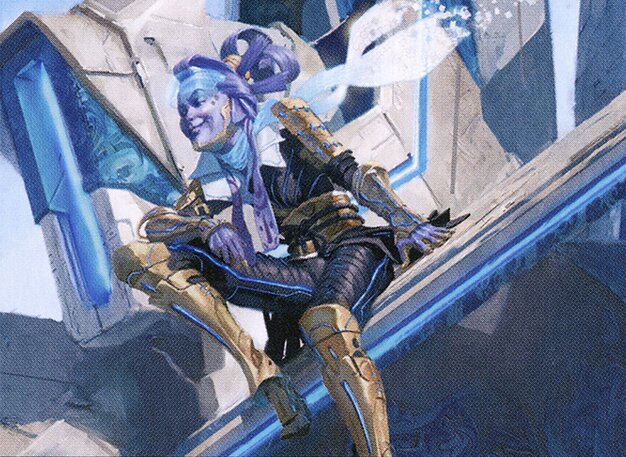
Kotori, Pilot Prodigy
Utilize artifact vehicles and crew mechanics to quickly develop board presence and generate value through combat triggers and artifact synergies.
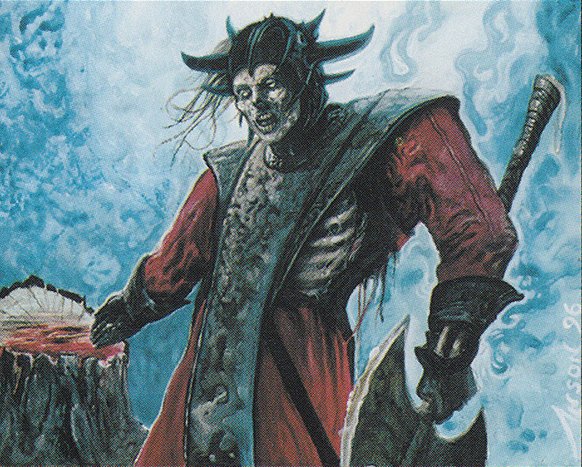
Lord of Tresserhorn
Play a variety of old-school, high-impact creatures and spells to control the board and create powerful, memorable interactions.
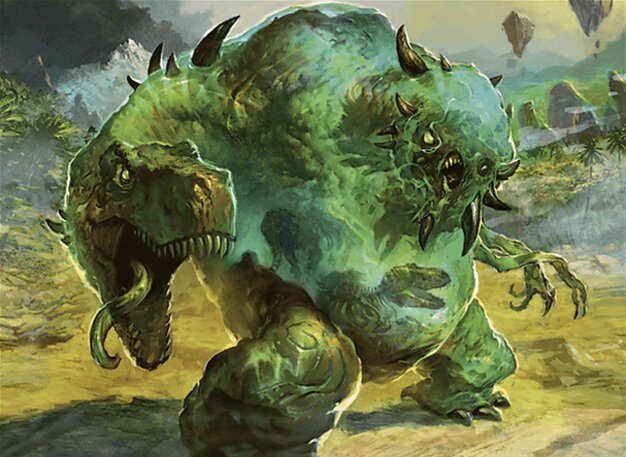
The Mimeoplasm
Exploit graveyard interactions to mill opponents and reanimate large creatures, generating value through death triggers and life loss effects for a slow but lethal control plan.
Gameplay Insights
- 1
Kotori's use of Vehicles and artificial intelligence to crew multiple vehicles in one turn allowed for effective early board development and combat pressure.
- 2
The Mimeoplasm's strategy of reanimating Emrakul and Puppeteer Clique created significant threats that forced opponents to respond or lose life quickly.
- 3
Ashaya's heavy land ramp strategy provided a steady mana advantage but lacked immediate threats, requiring patience and board development.
- 4
Lord of Tresserhorn's deployment of powerful creatures like Grave Titan and strategic use of disruptive spells helped maintain board control and pressure.
- 5
First strike interactions in combat, such as blocking a first strike attacker, became pivotal moments affecting damage exchanges and life totals.
- 6
The timing and sequencing of playing spells like Faithless Looting and Ristic Study helped players dig for key cards and manage hand resources efficiently.
Notable Cards
-

Meekstone
-

Puppeteer Clique
-

Emrakul, the Promised End
-
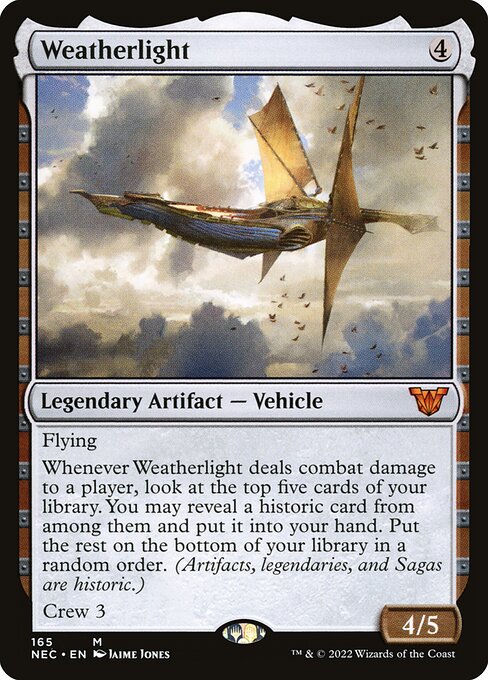
Weatherlight
-

Mobilizer Mech
-
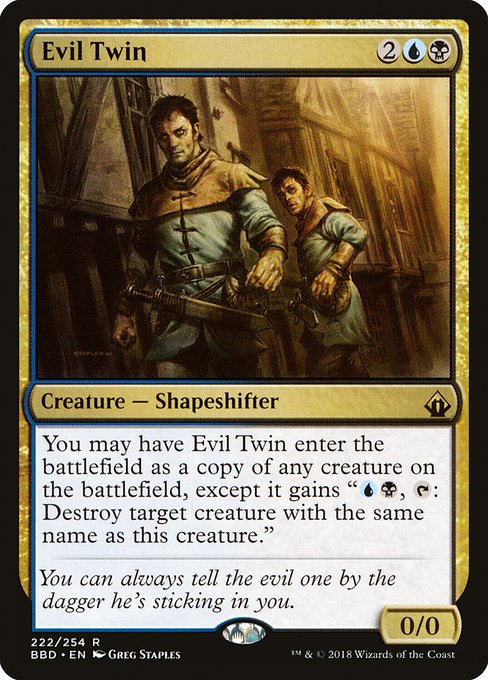
Evil Twin
-

Faithless Looting
-

Ancient Tomb
-
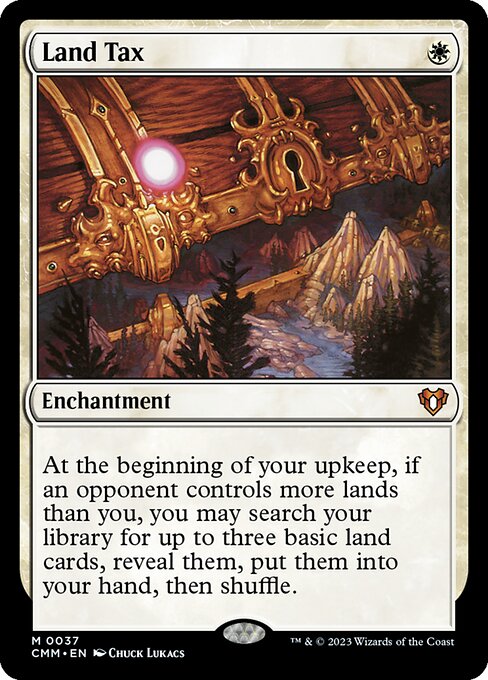
Land Tax
-
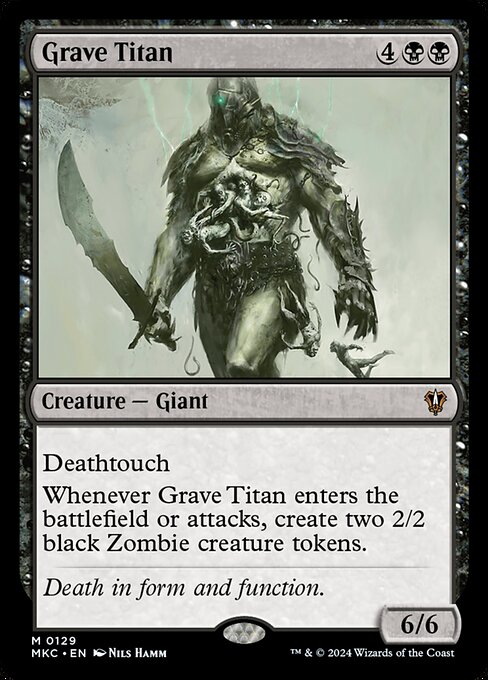
Grave Titan
Gameplay Summary
The game featured four distinctive commanders with unique strategies battling for dominance.
Early turns saw players establishing their mana bases and deploying key pieces such as a Soul Ring, Vehicles, and Graveyard interactions.
Kotori, Pilot Prodigy, leveraged artifact creatures and vehicles to generate pressure and incremental value, utilizing the crew mechanic and lifelink grants to swing combat in their favor.
Ashaya, Soul of the Wild focused on a land-heavy strategy with multiple forests and ramp spells, building a solid mana foundation.
The Mimeoplasm exploited graveyard synergies, reanimating creatures like Emrakul and Puppeteer Clique to disrupt opponents and apply lethal threats.
Lord of Tresserhorn brought a mix of old-school heavy-hitting creatures and disruptive elements, aiming to overwhelm the table with big plays and value creatures.


















![Sigarda vs Tovolar vs Kotori vs Raiyuu [Budget EDH/Commander, Magic The Gathering Gameplay 2022] thumbnail](https://i.ytimg.com/vi/NkhYuYsAvpU/sddefault.jpg)





















![Herumkommandiert #05 | Halloween Commander EDH Gameplay [Deutsch] thumbnail](https://i.ytimg.com/vi/TYi-yLuHxeU/sddefault.jpg)




![Commander VS S15E2: Queen Marchesa VS Lord Tresserhorn VS Gwafa Hazid & Edric VS Saskia [EDH] thumbnail](https://i.ytimg.com/vi/cYXuLovNOrc/sddefault.jpg)



![Commander VS S5E1: Liliana vs Tasigur vs Kangee vs The Mimeoplasm [MTG Multiplayer] thumbnail](https://i.ytimg.com/vi/u35l-cgkQEY/sddefault.jpg)
![Commander Versus Series: Mimeoplasm v. Melek v. Maelstrom Wanderer v. Prossh [MTG Multiplayer] thumbnail](https://i.ytimg.com/vi/H3JROxdcaPo/sddefault.jpg)

